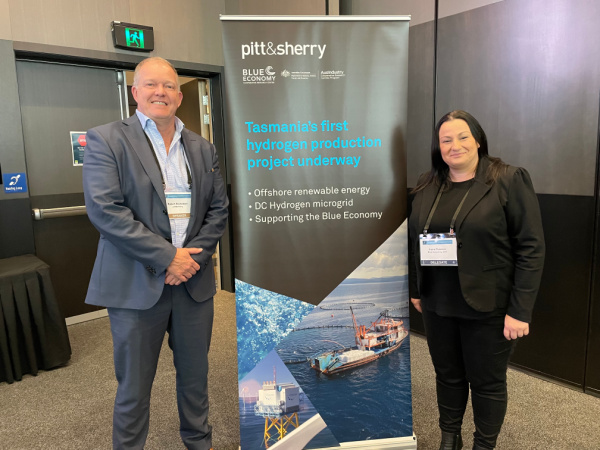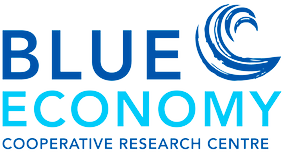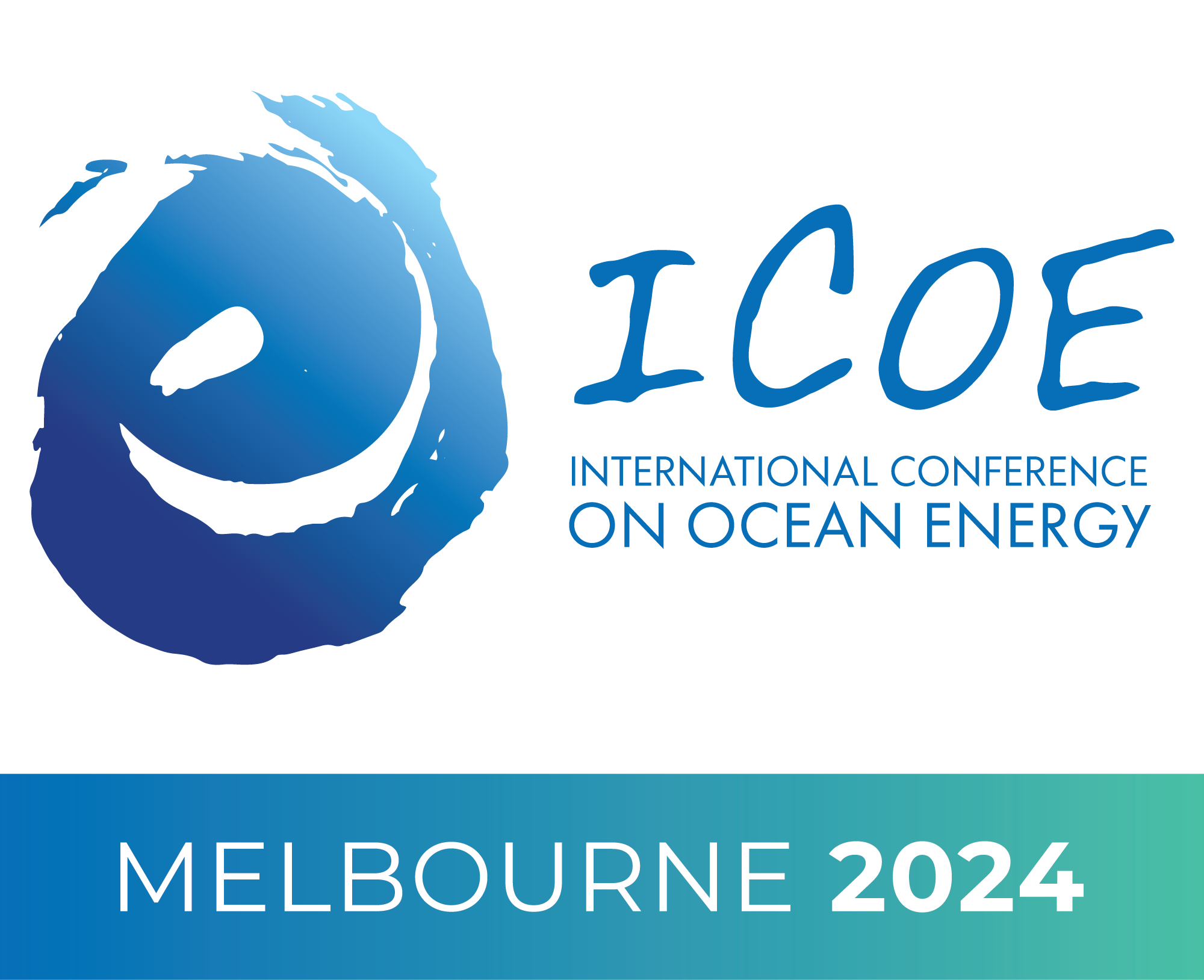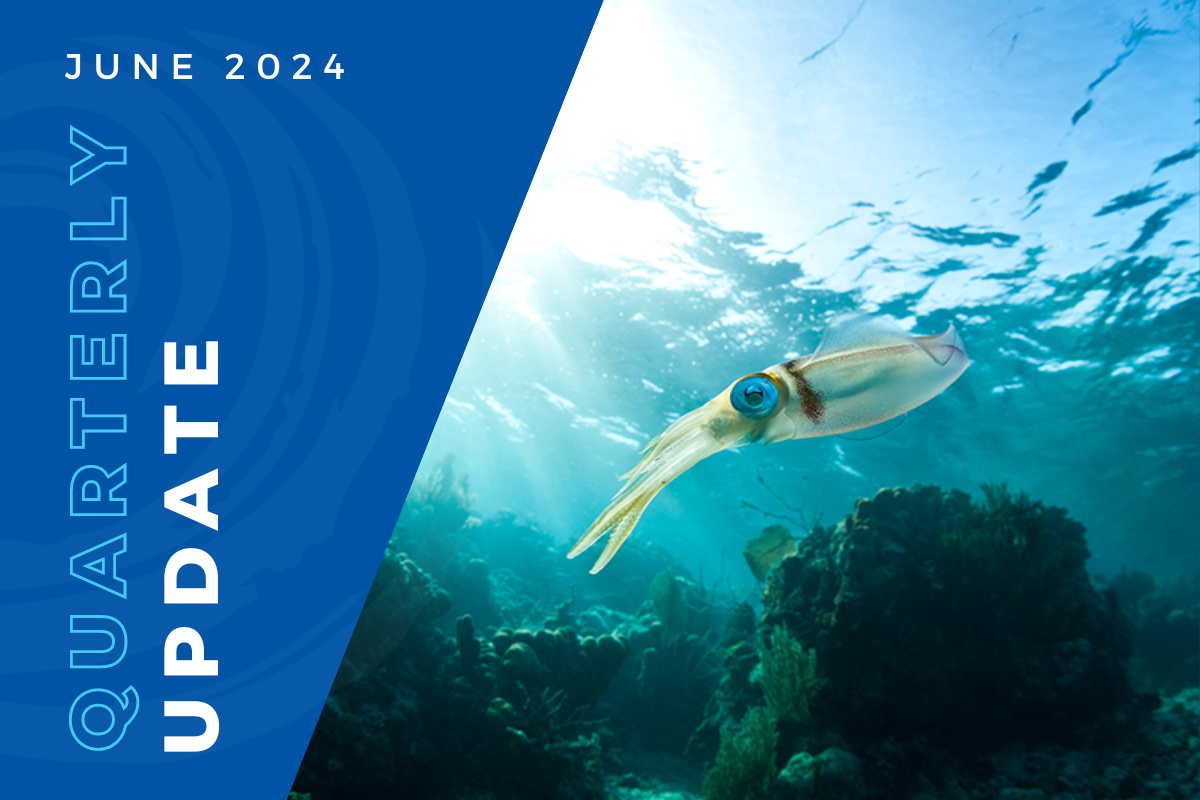
Energy Market Lead, Robert Nicholson from Pitt & Sherry presented ‘Hydrogen in the Blue Economy’ this week at the 2021 Tasmanian Energy Development Conference, home to Australia’s only 200% renewables target, the nation’s leading hydrogen industry development plan, and a plethora of energy industry projects of all scales.
The Emergence of a Hydrogen Economy
The hydrogen economy is an emerging field that is rapidly gaining acceptance and adoption as the industry looks to understand, identify and realise its potential.
Robert presented on the Blue Economy CRC developing Tasmania’s first fully operational Hydrogen Electrolyser producing commercial quantities of hydrogen and oxygen within 12 months, known as the Hydrogen DC Microgrid.
The Hydrogen DC Microgrid
In simple terms, a Microgrid is effectively a switchboard. A 700kW Polymer Electrolyte Membrane (PEM) electrolyser delivered by ITM Power in the UK will be installed by Optimal Group as part of the project. It will produce a commercial quantity maximum of 11kg per hour. For comparison purposes, Tasmania’s current demand is approx. 20kg per year.
The DC Microgrid will start onshore, but eventually, move entirely offshore producing hydrogen from 100% renewable energy sources for use by the blue economy.
Phase 1 is due within 12 months. Phase 2 will look at an onshore facility servicing an offshore demand with a 2024 target and Phase 3 moving the entire facility off-shore. This means by 2030, the Blue Economy CRC will be looking to have renewable energy sourced H2 Microgrid completely offshore – untethered to the mainland or grid power.
What does this mean?
- Reliable energy sources can be situated further offshore than currently without the dependence on diesel
- Combinations of renewable energy input sources can be used and hydrogen production running entirely off DC power
- Hydrogen can be used to power offshore systems, fuel sea vessels, with the excess exported
- Oxygen can be used to support aquaculture or submarine activity
What does it mean for the Blue Economy?
- Reliable power systems for aquaculture
- Environmentally-friendly option by displacing or replacing diesel fuels entirely
- Oxygen benefits in offshore fish farming
- Creating sustainable systems offshore
There are far more widespread benefits than purely aquaculture. There are whole offshore communities relying on remote energy systems such as island communities that rely on diesel or imported freshwater, need energy security and energy that is sustainably generated.
The Blue Economy CRC will be working in this space with industry to understand it better and support a pathway to a more sustainable Blue Economy.
Pitt&Sherry, partner of the Blue Economy CRC, Australian-owned engineering and environmental consulting, advisory & project management business deliver specialist knowledge and practical solutions in the energy space. They foster ‘Inspired thinking embracing the challenges of a changing world’.







